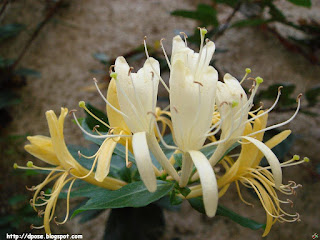

Circle Yellow, And Won't Be Boring To See It, This Flower Photo Almost Few Month Becomes My Favorite Wallpaper...
atheana
DCF 1.0
beetography
Naustitum flower.
Asim Shah posted a photo:



Pink tulips, Ottawa Tulip Festival
Keywords:
White flowers with blurred background

Flower with Jade Ring, On The Middle...
Asim Shah posted a photo:

1600x1200px background image Happy Fathers Day with yellow roses.
In album Fathers Day

beetography
crocus-DSC_0058.jpg
Asim Shah posted a photo:

flowers
I went to a girl's high school in South Yorkshire and in those bygone days it was quite usual for us to call each other 'flower', in a friendly, matey kind of a way.
I, of course, was Gillyflower (with a hard G), which I had never really thought about in horticultural terms until recently. While looking into all things Tudor for the imminent Hampton Court Show, I came across several references to gillyflowers in gardens of that time and decided to find out exactly what they were.
My research was confusing - it seems to have been a name that was applied to a whole group of fragrant flowers in the 14th-16th centuries. One definition says that the name means 'July flowers', derived from the French, juillet , (so maybe it should be pronounced jillyflowers ?) This would make sense as French was the language of the court and was widely spoken. Lots of flowers that bloom in July, like stocks, pinks, carnations, sweet Williams and sweet rocket were called gillyflowers. Wall flowers are also mentioned, but I think that must be a reference to wall Germander (Teucrium chamaedrys) or wall Valerian (Centranthus ruber), because the plants we know as wallflowers, Cheiranthus, are over by July.
The plants that are most usually called gillyflowers seem to be carnations and pinks, they were very significant flowers in Tudor times and were used symbolically in art. The 'clove gillyflower' was Dianthus caryophyllus, which was introduced from the Turkish court and had a lovely clovey-nutmeg scent, very popular in nosegays. These were the ancestors of our modern carnations and legends tell how they first appeared on earth when Christ carried the cross. As she walked behind Him, the Virgin's tears dropped on the ground and carnations sprang up where they fell - because of this they came to symbolise undying love.
There is a famous painting by Raphael in the National Gallery, called Madonna of the Pinks It shows Mary and the infant Jesus both holding pinks - it's beautiful and symbolises her love and betrothal, as a bride of Christ, and his imminent death. On a lighter note there is another gorgeous painting by Holbein, that shows a young man seated beside a vase of pinks, signifying the fact that he is already betrothed. Must have been a very useful device in the Tudor dating world.
Pinks were called pinks simply because of their colour and it delighted me to discover that pinking shears were so called because they created the frilly effect seen on the petals of pinks.
In spite of all my research I'm still not quite sure about the identity of gillyflowers. I like the romantic symbolism of the Dianthus family - the July /jilly flowers explanation is neat, but having been mistakenly called Jilly all my life, I'm not so keen on that one. For clarification I'm looking forward to the show, where I'll see some Tudor gardens and hopefully talk to some real experts.
Info from:
Private Club









No comments:
Post a Comment